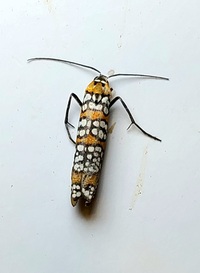
| Recorded by: Mark Basinger on 2025-11-07
Brunswick Co.
Comment: | 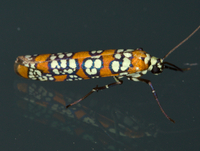
| Recorded by: Jim Petranka on 2025-11-07
Madison Co.
Comment: |
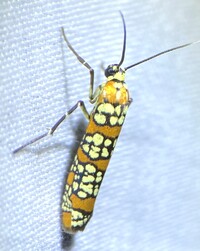
| Recorded by: Dean Furbish on 2025-11-07
Wake Co.
Comment: | 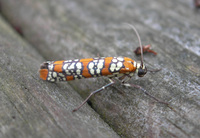
| Recorded by: R. Newman on 2025-11-06
Carteret Co.
Comment: |
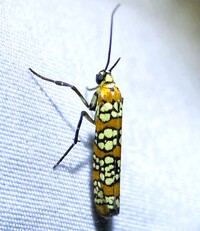
| Recorded by: Dean Furbish, Lior S. Carlson, John F. Jarvis, S. L. Reeves on 2025-11-05
Orange Co.
Comment: | 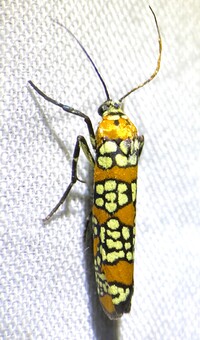
| Recorded by: Dean Furbish on 2025-10-23
Pender Co.
Comment: |

| Recorded by: Hunter Phillips on 2025-10-22
Onslow Co.
Comment: | 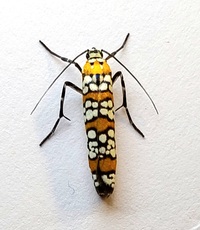
| Recorded by: Mark Basinger on 2025-10-21
Wilson Co.
Comment: |

| Recorded by: R. Newman on 2025-10-20
Carteret Co.
Comment: | 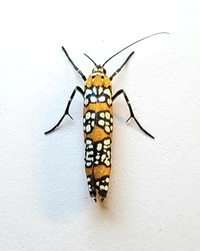
| Recorded by: Mark Basinger on 2025-10-18
Wilson Co.
Comment: |

| Recorded by: Jim Petranka, Mark Basinger and Becky Elkin on 2025-10-17
Madison Co.
Comment: | 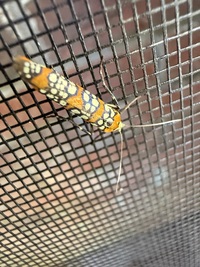
| Recorded by: Marilyn Westphal on 2025-10-14
Henderson Co.
Comment: |
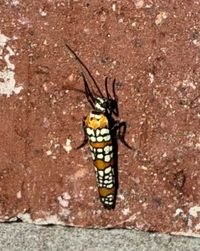
| Recorded by: Marilyn Westphal on 2025-10-12
Henderson Co.
Comment: | 
| Recorded by: Jim Petranka on 2025-10-12
Madison Co.
Comment: |
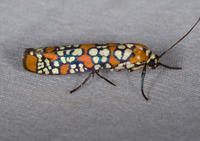
| Recorded by: Jim Petranka on 2025-10-07
Madison Co.
Comment: | 
| Recorded by: Jim Petranka on 2025-09-28
Madison Co.
Comment: |
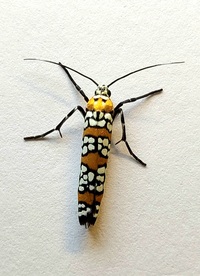
| Recorded by: Mark Basinger on 2025-09-11
Wilson Co.
Comment: | 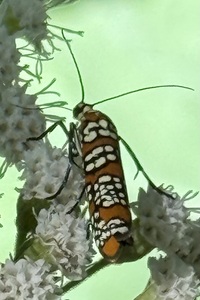
| Recorded by: Nora Murdock, Robert Emmott on 2025-09-10
Haywood Co.
Comment: |
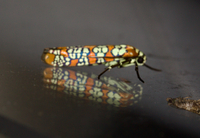
| Recorded by: Jim Petranka, Becky Elkin and Marilyn Westphal. on 2025-09-05
Henderson Co.
Comment: | 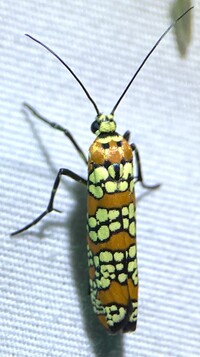
| Recorded by: Dean Furbish, Lior S. Carlson, John F. Jarvis on 2025-09-05
Orange Co.
Comment: |
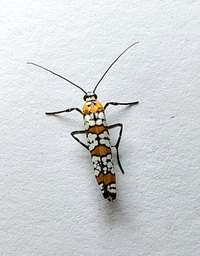
| Recorded by: Mark Basinger on 2025-09-02
Rowan Co.
Comment: | 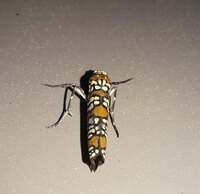
| Recorded by: Allison Garton on 2025-08-29
Moore Co.
Comment: |
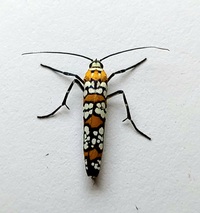
| Recorded by: Mark Basinger on 2025-08-27
Wilson Co.
Comment: | 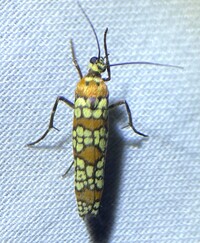
| Recorded by: Dean Furbish on 2025-08-25
Wake Co.
Comment: |
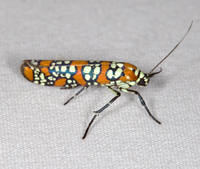
| Recorded by: Jim Petranka, Marilyn Westphal and Becky Elkin. on 2025-08-17
Henderson Co.
Comment: | 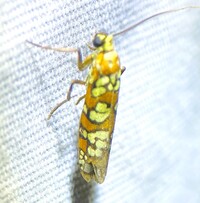
| Recorded by: Dean Furbish on 2025-08-16
Orange Co.
Comment: |
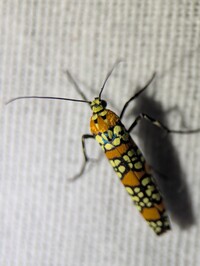
| Recorded by: Melody McMichael on 2025-08-09
Forsyth Co.
Comment: | 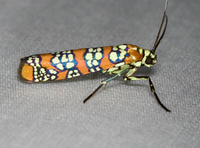
| Recorded by: Jim Petranka, Becky Elkin and Marilyn Westphal. on 2025-08-09
Henderson Co.
Comment: |

| Recorded by: Ken Kneidel on 2025-08-08
Mecklenburg Co.
Comment: | 
| Recorded by: Jim Petranka, Mark Basinger and Becky Elkin on 2025-08-02
Richmond Co.
Comment: |
|

 »
»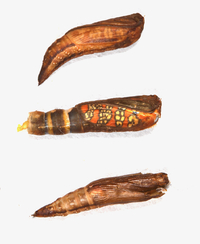
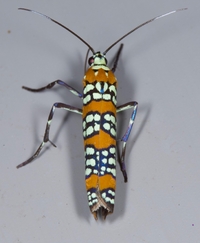
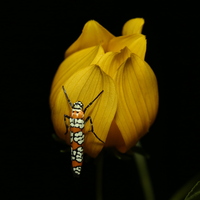
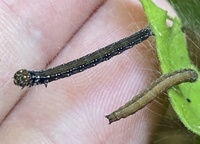

 »
»


